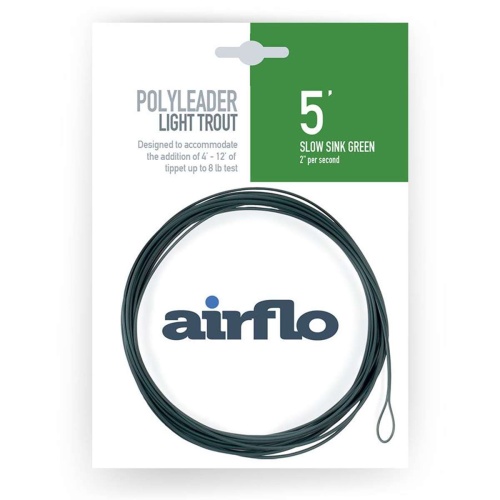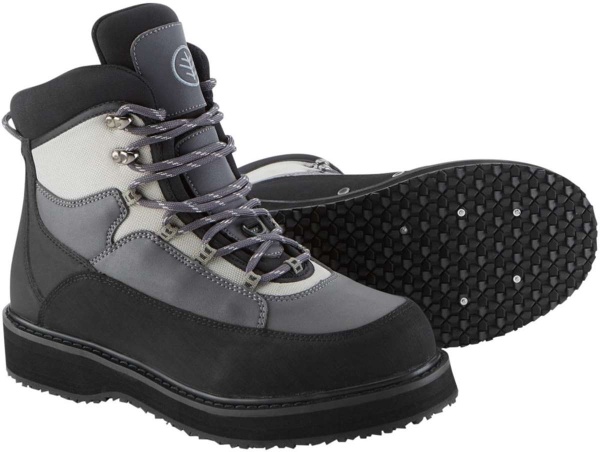 There’s nothing quite like zing of the line flying off fly reels, telling you have a fish on the end of it and it’s running like mad. Playing and landing that fish very much depends on your reactions, knowledge, patience. Plus your ability to keep cool. A large part of the success in this venture is to choose the right reel.
There’s nothing quite like zing of the line flying off fly reels, telling you have a fish on the end of it and it’s running like mad. Playing and landing that fish very much depends on your reactions, knowledge, patience. Plus your ability to keep cool. A large part of the success in this venture is to choose the right reel.
Breaking and tangled line, loops flying everywhere…and your fish is gone. And all because you didn’t buy the right reel. So what should you be looking out for with your purchase? Does price really make a difference?
The reel is actually a place to hold or wind the fly line and backing. The purpose of backing is twofold. First, it fills the spool, allowing the fly line to be retrieved faster and provides "back up" for your fly line if a fish really takes off. Reel manufacturers usually include guidelines as to how much and what type of backing they recommend. A word of warning, though: under no circumstances use monofilament for backing because the stretch and heat produced will destroy your fly reel. Prices of fly reels range from a few pounds to thousands, and made from materials such as aluminium and titanium.
Reel bodies (the part that doesn't move) are pressed from metals or graphite, assembled from separate pieces, or milled from a solid block of metal. The former are less expensive than the latter. The better reels are coated to protect the metal parts from salt water, and the really good ones are completely saltwater proof. A hefty price tag doesn’t guarantee the proofing, so be sure that you buy fly reels with built in protection.






















